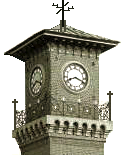SALE
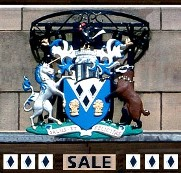
<> Intro
This special little city is not known to most people. If they see a picture from it, that may be the cute tower, which has a large clock.
And by the way, if one searches "Sale" on the internet, all sorts of topics will come op which have nothing to do with Sale - because "sale" is a trading activity!

In 1877 Sale was connected to the railway system of Victoria. Below is a passenger train from 1970, and the modern train for the regular connection with Melbourne which I used for my recent trip to Sale, in Dec 2022.
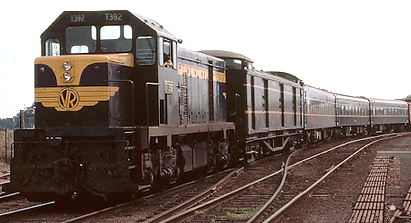
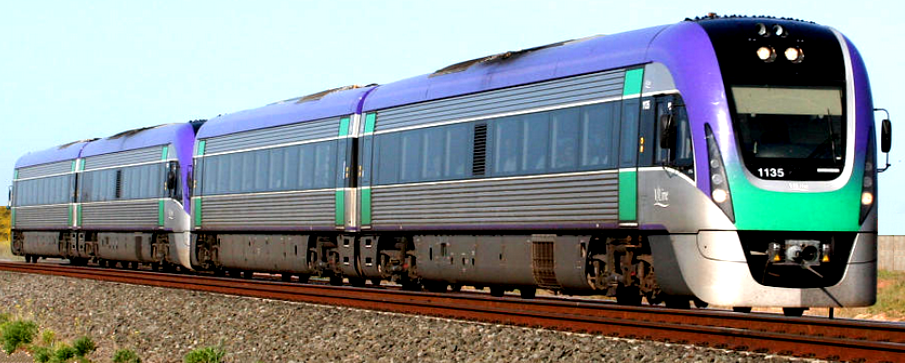
<> Location
The city of Sale is located in Gippsland, a region of Australian's state Victoria, about 200 km east of Melbourne. Its population is 16000.
Near Sale two rivers meet, the river Latrobe and the river Thomson. Sale is about 50 km north of the ocean.
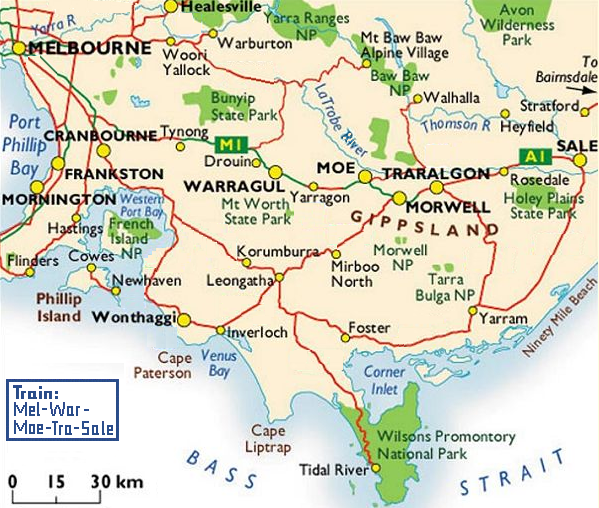
The second map, below, shows the centre of Sale, which is located south-east of the railway station.
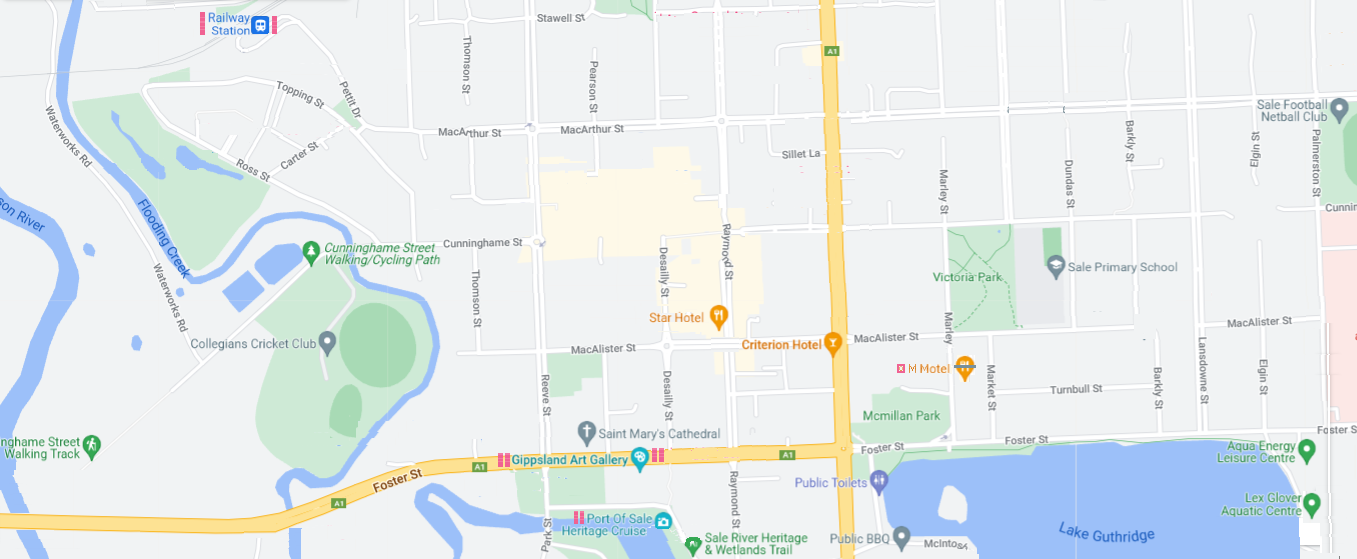
<> History of Sale
In the area of Sale and its rivers Aboriginal tribes have lived for a long time, calling it "Wayput".
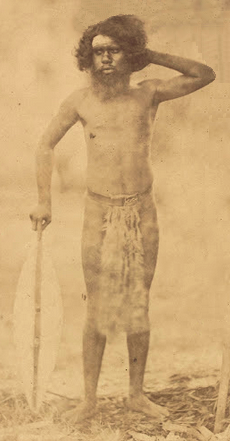
In 1844 the first white settler arrived there, Archibald McIntosh. He named his property, located in a harsh marsh area, "Flooding Creek".
Nearby in 1848 a post office was installed.
Then the first town plots went on sale in 1850, and in 1851 the new town was finally named "Sale" - after the British general Robert Sale or after his wife, the author Florentia Sale.
The first houses built in Sale were very plain, like this one.
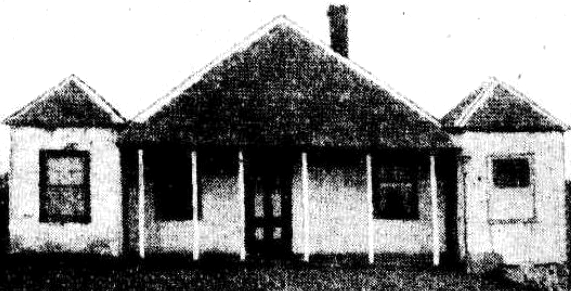
Not surprisingly, and just in Australian style, pubs were the largest building, like the Criterion Hotel, erected in 1856.
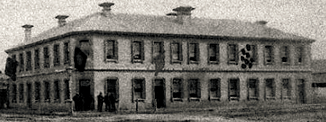
In Sale's early days there were no cars - transport was done with a wagon drawn by horses, usually several ones.
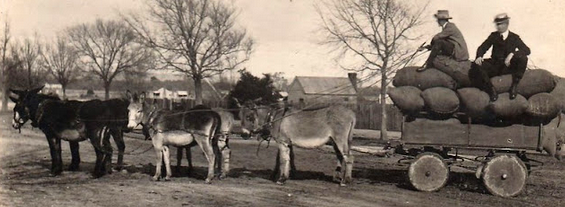
Below are two pictures of Sale's central street, 1898 and 1946.
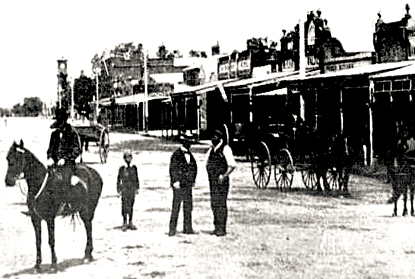
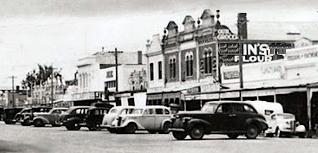
The new English settlers were mostly brutal towards the Aboriginal people. But eventually these were to some degree accepted and could even go to a school in Sale.
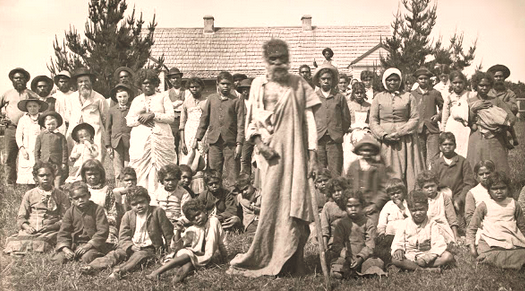
Meanwhile the population is widened, about 20% are people from 'non-English' countries in Europe and Asia.
<> Gippsland Art Gallery
Well, Sale's main art gallery is a surprise - a mighty facility full of stunning art, both paintings and sculptures.

Here are two exceptional pieces:

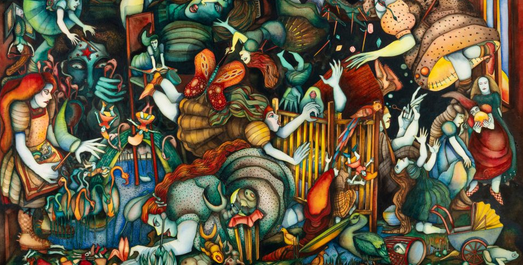
<> Wedge Theatre Concert
Further surprise - there is a stunning theatre in Sale!
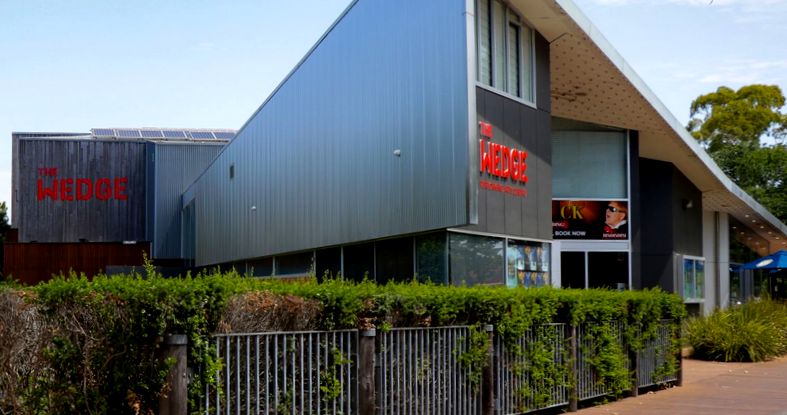
The program is rich. This is the performance which I visited.
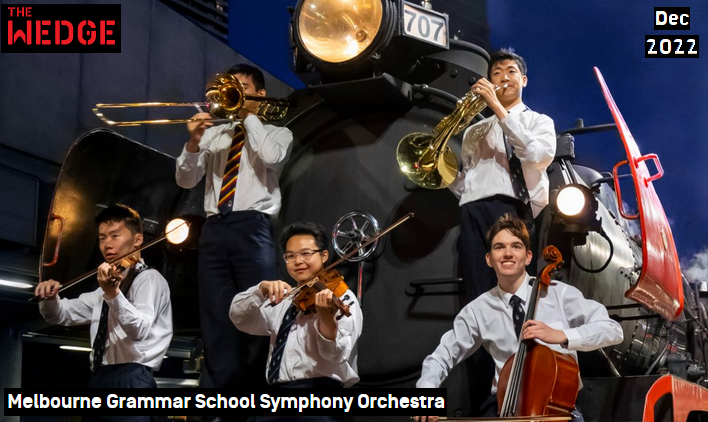
<> Music Shop
On my way to the Wedge Theatre I noticed a Music shop. It had an enormous range of guitars on offer, including many ukuleles.
One looked like a wrong one - but wasn't! It is designed like a skull, and it reflects light.

I couldn't resist to buy it - - as a gift for a friend who plays, and also collect guitars.
<> Boat Tour
In Sale's early years, from 1885 onwards, canals were built through marsh areas, in order to connect rivers and lakes, and finally get access to the ocean.
At that time reasonably large steamships could reach Sale.
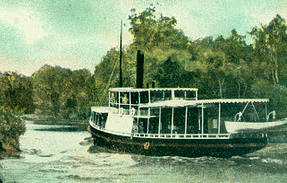
All this did not last long. Today just one boat is left, the Rubeena, which is used for tours.
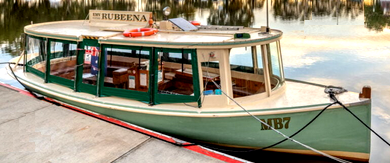
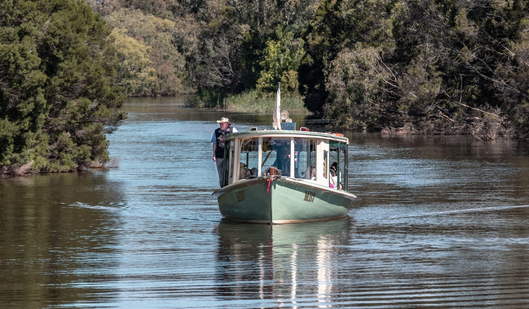
The remaining canals - full of birds - get visited, and an old bridge as well.
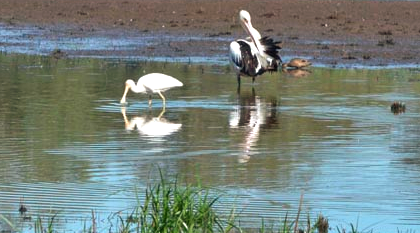
<> Historic Swing Bridge
In 1883 a bridge across the largest river near Sale, the Latrobe river, was built. It is 45 m long.
What is unique: The bridge can fully swing!
This allowed the steamships between Sale and Melbourne to pass.
Yet this transport means has ended decades ago, replaced by the railway connection.

The second picture shows the bridge's central sector where its movement is executed.
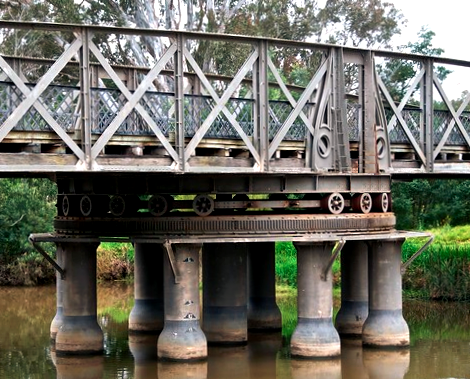
The bridge is listed as an Engineering Heritage National Landmark.
And actually - this the only swinging bridge in the word which still exists - -
and it even works!
Because of its uniqueness a lot of people visit this bridge, and once a day at 12:00 it gets fully moved to demonstrate its technology, which is still the original one from 1883.
~~~~~~~~~~~~~~~
To sum up: The 'small' city Sale is full of impressive features, thus certainly worth a visit.
